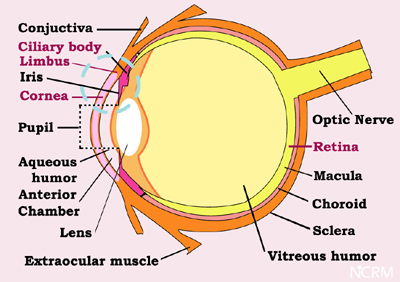We have taken up corneal epithelium to start with because
it is one components which is very much affected in our country especially
among the socio economically underprivileged due to physical, and chemical
injuries and infectious & persistent ulcers.
This is a collaborative project with
Vision
Research Foundation Sankara Nethralaya, Chennai.
Approximately 27000 people (2003-04 data)
register for corneal transplantation every year in India, but only 2500 or
less could receive corneal transplantation, due to lack of adequate donors
or healthy corneas. Among the remaining 24500 patients close to 15% suffer
from only Corneal epithelial disorder, to whom the outcome of our research
would mean a lot with the recovery of their vision.


